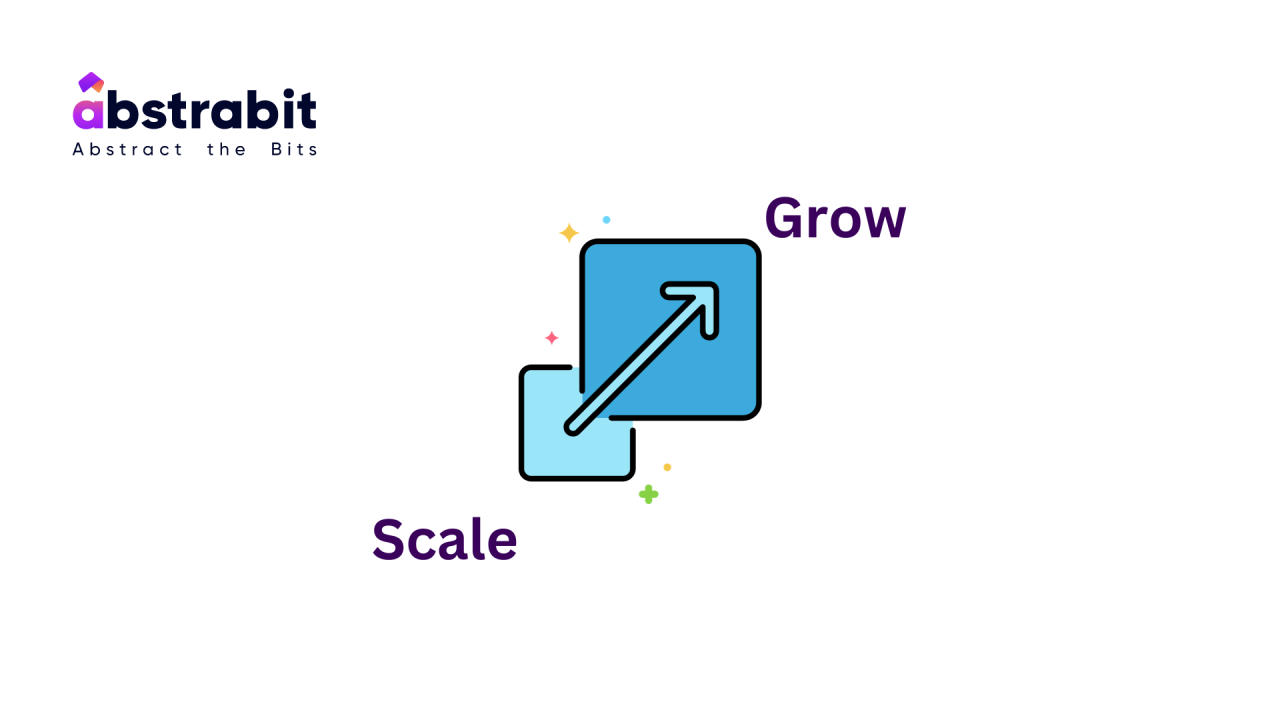
The Art of Building Scalable Apps: How to Ensure Your Product's Success
Abstrabit Technologies
Empowering Your Business with Tailored AI and GPT Solutions
Achieving success in product development depends on building scalable apps that can accommodate growth and handle change easily.
Scalability is an essential element of any product's success. It ensures that the product can handle increased user demand and reduce downtime. As businesses grow, so does the need for reliable and scalable architecture. Building scalable applications for product success requires careful planning, development, and deployment.
In the last edition, we made you familiar with the “How” aspect of scaling, today we will discuss the “Why”.
When it comes to creating successful products, building scalable apps is imperative.
What is App Scalability?
Scalability is your application's capability to easily adapt and accommodate its increasing user base and evolving usage patterns. It's like having a car that can go from a leisurely drive to a high-speed race on the Autobahn.
A scalable app is one that is able to easily expand and grow with increasing user demand. This means that your product can easily handle an increase in traffic while also avoiding operational disruptions. In this blog post, we’ll discuss some of the key considerations when building scalable apps that can ensure product success.
Why is Scalability Important?
Scalability is crucial for product success because it allows your app to:
Accommodate growth: As your app gains popularity, you need it to handle the influx of new users and increased usage without performance degradation.
Enhance user experience: Scalability ensures that users experience consistent performance, even during peak periods. This translates into satisfied users and a positive brand reputation.
Reduce costs: By proactively addressing scalability needs, businesses can avoid costly infrastructure upgrades and downtime in the future.
领英推荐
How to Build Scalable Apps
First, it's important to select the right technology stack for your product. When choosing what technology to use for development, consider factors such as scalability, maintainability, cost, and flexibility. Having the wrong technology stack can hinder scalability in the long run.
Second, you should design your app for horizontal scalability. When you scale horizontally, your app is able to increase its resources in order to handle more tasks simultaneously. You can do this by breaking your app into separate services that can run independently of each other. This will make your solution more resilient as users can easily switch from one resource to another if one resource is down, which is the result of maintaining redundancy during the initial stages.
Finally, it's essential to establish monitoring for your product. Monitoring tools can help you identify potential issues and quickly respond to user demand. Monitoring allows you to keep track of how your product is performing and address any bottlenecks that may arise. By monitoring your app, you can easily tweak the configuration and make necessary improvements to keep your product running smoothly.
Scalability is a must when it comes to creating successful products.
Utilizing the right technology stack, designing for horizontal scalability, and establishing monitoring tools can all help to ensure that your app will meet the growth demands of your users. When done correctly, building scalable apps can be a key factor in product success.
By embracing scalability from the start, you're laying the foundation for a product that can conquer the digital world, leaving your competitors scrambling to keep up.
Remember, scalability isn't just a feature; it's the cornerstone of digital supremacy.
Need help scaling? Give us a call .